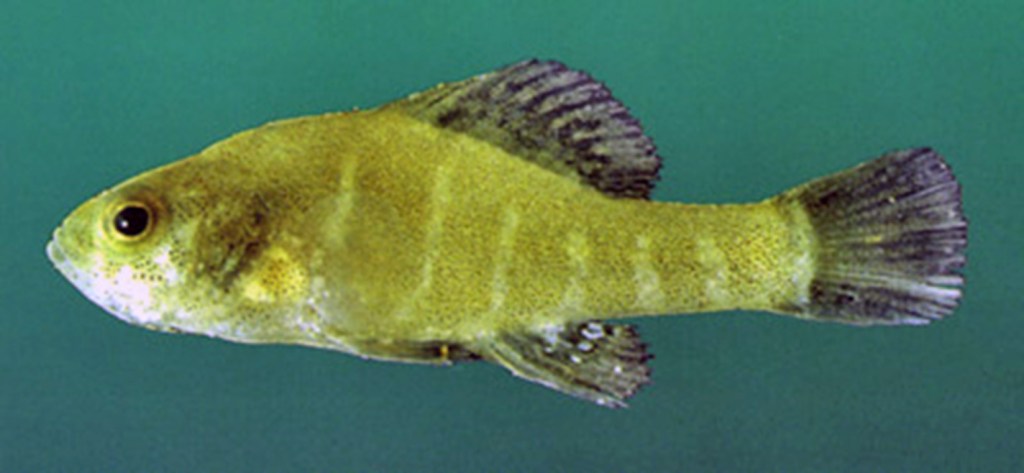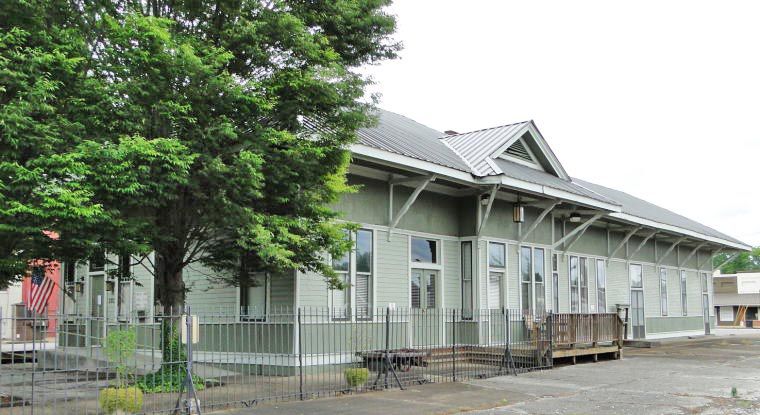ENDANGERED FISH: H’ville says it has met requirements
Published 6:30 am Thursday, May 24, 2018

- The spring pygmy sunfish is an endangered species found in the Beaverdam Spring Complex, adjacent to where the future Toyota-Mazda production facility is under construction.
The city of Huntsville is facing increased scrutiny from a conservation group over its efforts — or alleged lack thereof — to protect an endangered fish found near the site of the future Toyota-Mazda production facility.
The Center for Biological Diversity sent a letter this week to Huntsville City Council President Mark Russell and Shane Davis, Huntsville’s director of urban development. The letter expressed concerns over how the Toyota-Mazda project could impact the spring pygmy sunfish, which lives in the Beaverdam spring and creek on the east side of Powell Road.
Earlier this month, the center announced its plans to sue the U.S. Fish and Wildlife Service over what it deemed as a failure to protect the fish.
The letter sent this week was written by Elise Bennett, staff attorney with the CBD, and was also sent to officials with the U.S. Fish and Wildlife Service and U.S. Army Corps of Engineers, Mobile District.
Bennett said Huntsville’s plan to transfer two existing Candidate Conversation Agreements with Assurances from two agricultural operations to the Toyota-Mazda project “will not meet the requirements of the Endangered Species Act, nor will it protect the spring pygmy fish from extinction.”
Candidate Conservation Agreements are voluntary conservation agreements between the U.S. Fish and Wildlife Service and one or more public or private parties. CCAAs expand on the success of traditional CCAs by providing non-federal landowners with additional incentives for engaging in voluntary proactive conservation through assurances that limit future conservation obligations.
The letter said the city should develop a new habitat conservation plan that “sufficiently identifies, addresses and mitigates the multitude of new threats the automobile plant poses to the sunfish.” It also said the Toyota-Mazda project should obtain an incidental take permit for any impacts to the fish caused by the project.
“Without meeting these obligations, the authorization and operation of the Mazda-Toyota plant will violate the Endangered Species Act and National Environmental Policy Act and place the spring pygmy sunfish and other rare species at greater risk of extinction,” the letter said.
Davis on Wednesday said the city in the process of working with the appropriate federal authorities to transfer the CCAAs for the Toyota-Mazda project.
“We’ve had meetings with Fish and Wildlife, and we’ve submitted our proposed best management practices to ensure there is no runoff going into the protected habitat protected by the CCAA,” he said.
He explained the CCAA designated a 150-acre habitat that will isolate Moss Spring. The spring feeds a swamp on the east side of Powell Road where a pocket of spring pygmy sunfish have been found.
“That’s the protected area under the Fish and Wildlife permit, and it must remain protected,” Davis said. “No one has any intention of developing there.”
The two CCAAs are known as the Belle Mina Farm CCAA and McDonald Farm CCAA. The former is dated June 7, 2012, while the latter is dated Nov. 13, 2013.
Both describe existing conditions on the sites as “longstanding agricultural usage including cattle and irrigated cropland operations.” The CCAAs also require “vegetated buffer zones” and “protected areas” with “no barren or cultivated ground.”
He added the current site plans for the Toyota-Mazda project include a berm around the protected zone so rainwater doesn’t get in. Any ponds constructed in the area would discharge clean water.
Davis said the city of Huntsville has not been told by either the U.S. Fish and Wildlife Service or the U.S. Army Corps of Engineers that it must apply for a different permit or take a different course of action to protect the endangered fish.
“We’re in constant contact with those groups, and we want to be,” he said. “Toyota-Mazda wants to be a good environmental steward.”
Project progress
Davis said he doesn’t anticipate any delays on the Toyota-Mazda project. He added preliminary site grading and shaping would be the next step in the project, which is when steps would be taken to install berms around the projected area and silt fences to protect water quality.
More intensive site work is about 90 days out and should last through the remainder of the year. He estimated vertical construction on the project would begin next year.





